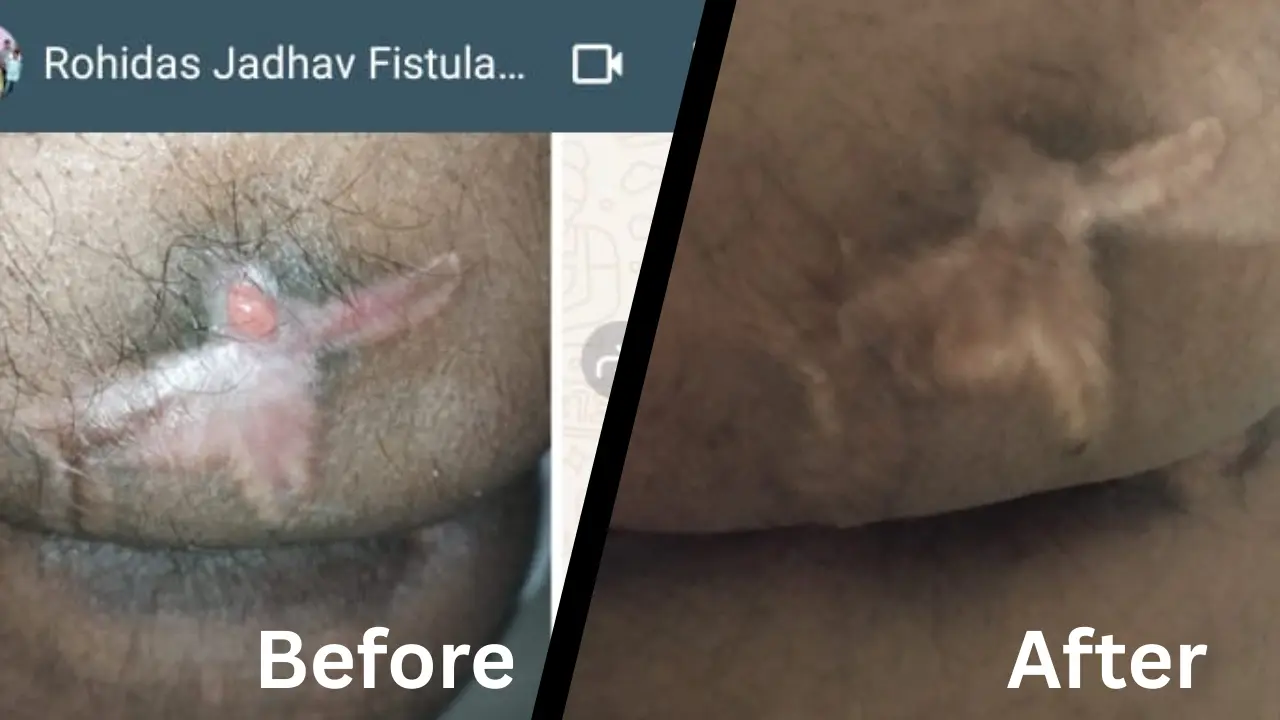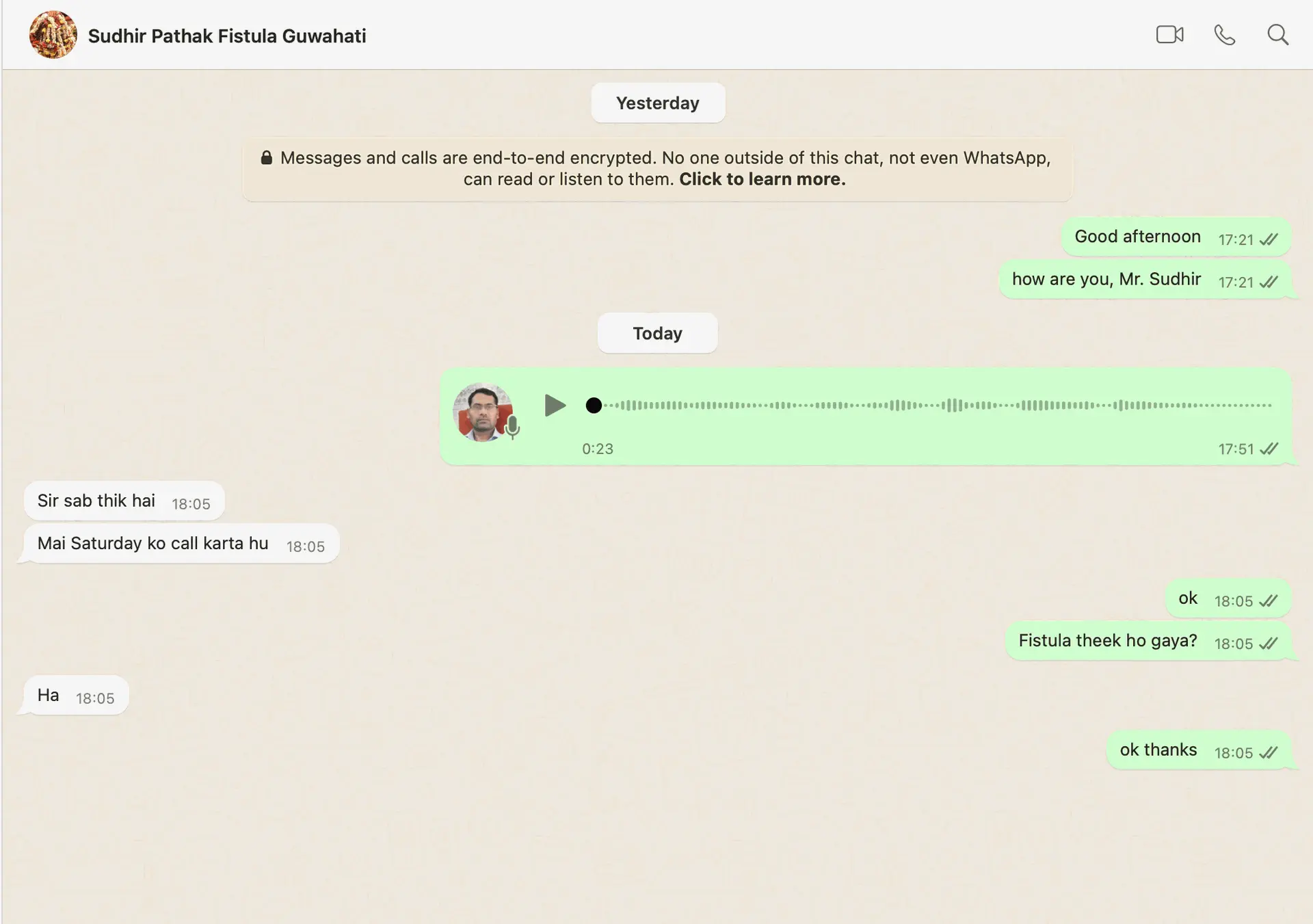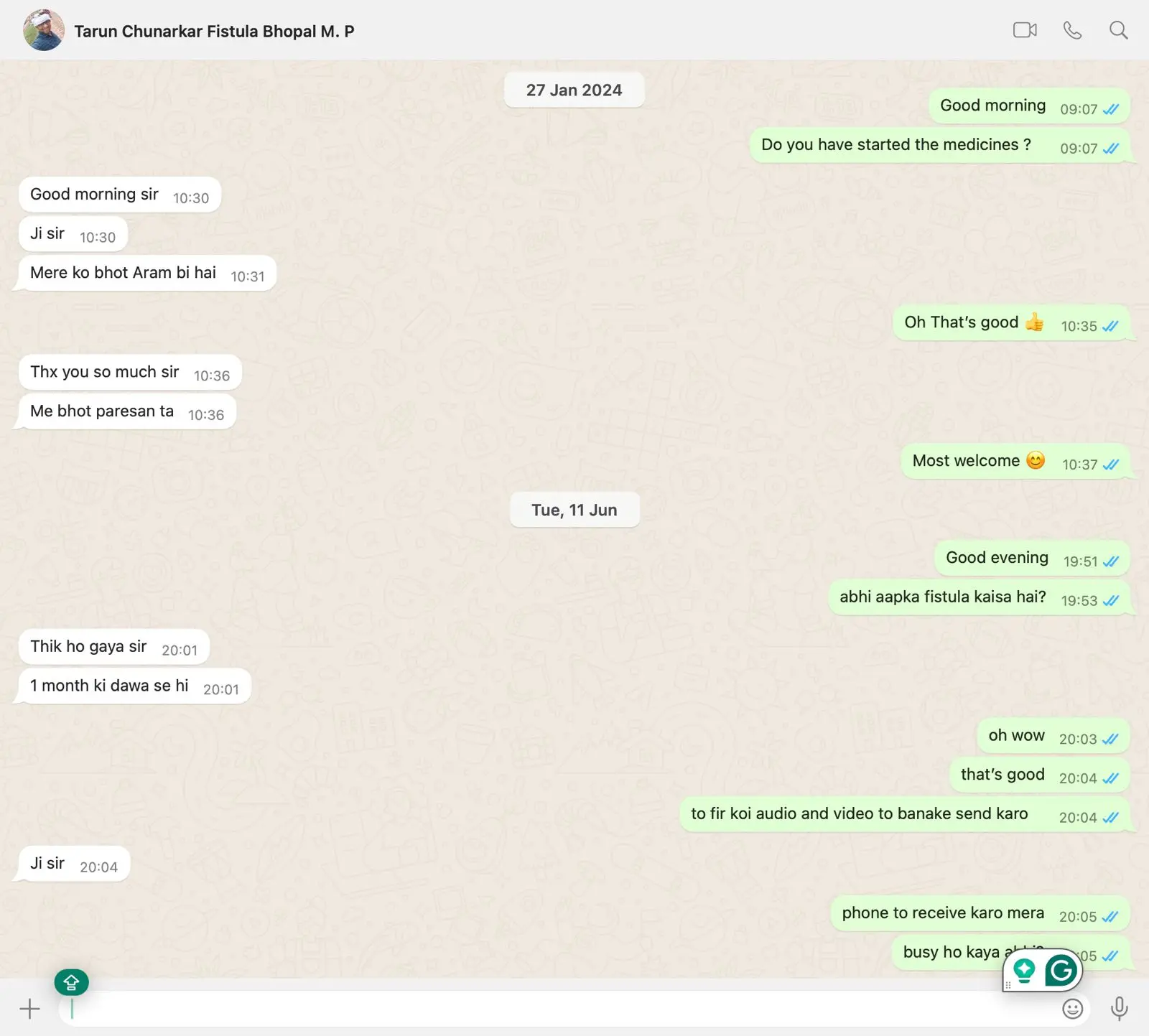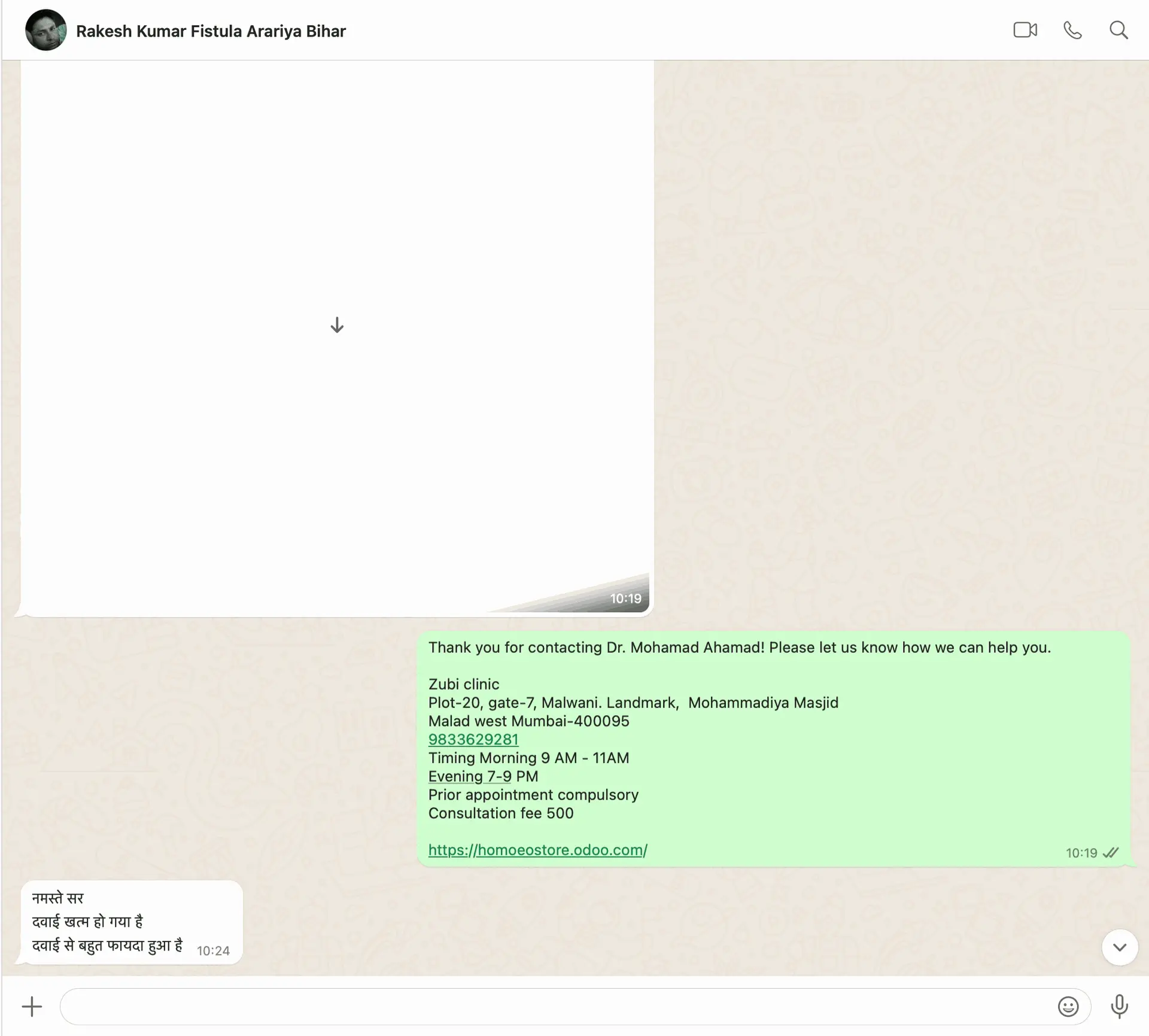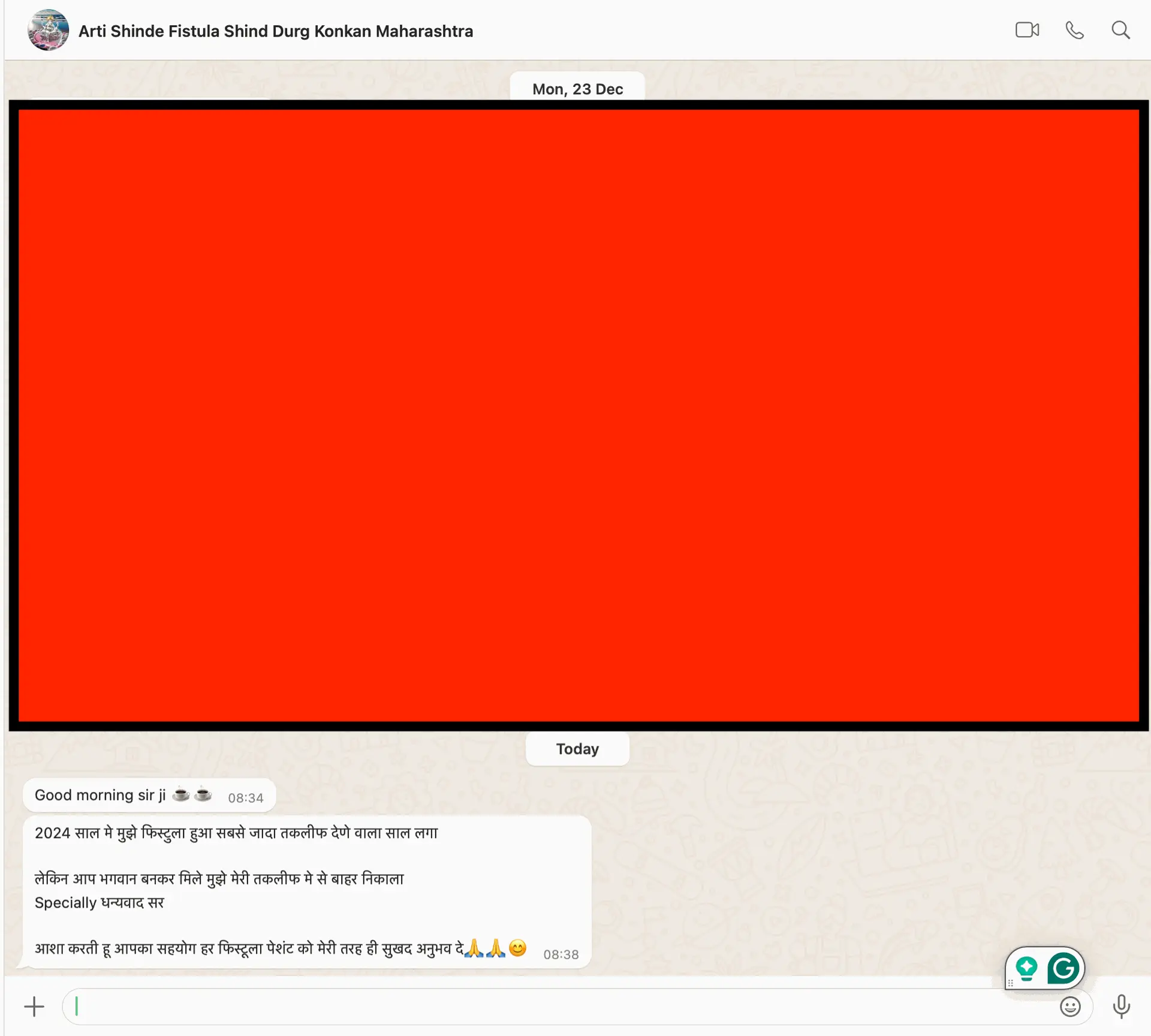Here's a well-researched blog article on the best diet plan chart for anxiety, headaches, and insomnia, covering the dietary principles and a sample daily chart. Let me know if you'd like it tailored for a specific audience, like patients, practitioners, or a particular age group.
The Best Diet Plan Chart for Anxiety, Headaches, and Insomnia
Anxiety, headaches, and insomnia are three of the most common complaints in today’s fast-paced world. While various medical and psychological interventions are available, the power of a balanced, nutrient-rich diet is often overlooked. The food you eat has a direct impact on your brain chemistry, hormonal balance, and sleep cycle. If you're looking for a natural approach to managing these symptoms, the right diet can play a pivotal role.
How Diet Affects Anxiety, Headaches, and Insomnia
- Anxiety is often linked to imbalances in neurotransmitters like serotonin and GABA. Nutrients such as magnesium, omega-3 fatty acids, and B-vitamins help regulate mood and nervous system function.
- Headaches, particularly migraines, may be triggered by low blood sugar, dehydration, or food sensitivities. Stabilizing blood sugar and avoiding trigger foods can reduce episodes.
- Insomnia can be exacerbated by caffeine, alcohol, heavy meals before bed, and low melatonin levels. Nutrients like tryptophan, magnesium, and B6 help support sleep hormones.
Dietary Principles to Follow
- Eat Regular Meals: Avoid long gaps between meals to maintain blood sugar levels.
- Hydrate Well: Drink at least 8 glasses of water daily to prevent dehydration-related headaches.
- Limit Caffeine and Sugar: Excess caffeine and sugar can worsen anxiety and disturb sleep.
- Include Sleep-Supporting Nutrients: Focus on foods rich in magnesium, tryptophan, B-vitamins, and omega-3 fatty acids.
- Avoid Processed and Trigger Foods: Limit processed meats, MSG, artificial sweeteners, and high-sodium foods.
Best Foods for Anxiety, Headaches, and Insomnia
- Magnesium-rich foods: Almonds, pumpkin seeds, spinach, dark chocolate
- Tryptophan sources: Turkey, eggs, oats, bananas, tofu
- Complex carbohydrates: Brown rice, quinoa, oats
- Healthy fats: Avocados, walnuts, flaxseeds, fatty fish like salmon
- B-vitamin sources: Whole grains, leafy greens, eggs, legumes
- Hydrating options: Coconut water, cucumber, watermelon
Sample Daily Diet Chart
| Time | Meal |
|---|---|
| 7:00 AM | Warm lemon water with soaked almonds (5–6) |
| 8:00 AM | Oats porridge with banana slices, a few walnuts, and a teaspoon of flaxseeds |
| 10:30 AM | Herbal tea (chamomile or tulsi) with a small fruit (like an apple) |
| 1:00 PM | Brown rice/quinoa with steamed vegetables, dal/lentils, and a bowl of curd |
| 4:00 PM | Handful of pumpkin seeds + green tea or lemon balm tea |
| 6:30 PM | Vegetable soup with whole grain toast or sweet potato salad |
| 8:00 PM | Warm milk with turmeric and a pinch of nutmeg (promotes sleep) |
| Optional | Small bowl of yogurt with honey before bed (if hunger persists) |
Tips for Better Results
- Practice mindful eating: Chew thoroughly and eat without distractions.
- Stick to a routine: Going to bed and waking up at the same time daily supports your sleep-wake cycle.
- Exercise moderately: Yoga and walking reduce anxiety and improve sleep.
- Limit screen time: Especially in the evening, to avoid melatonin suppression.
Final Thoughts
Managing anxiety, headaches, and insomnia holistically involves a combination of the right diet, lifestyle, and sometimes medical support. By following a balanced meal plan rich in brain-boosting, sleep-supporting nutrients, you can greatly improve your overall well-being. Always consult a doctor or nutritionist before making major dietary changes, especially if you’re on medication or managing chronic conditions.
Would you like this blog formatted for your website, converted into a printable diet chart, or adapted for social media sharing?
